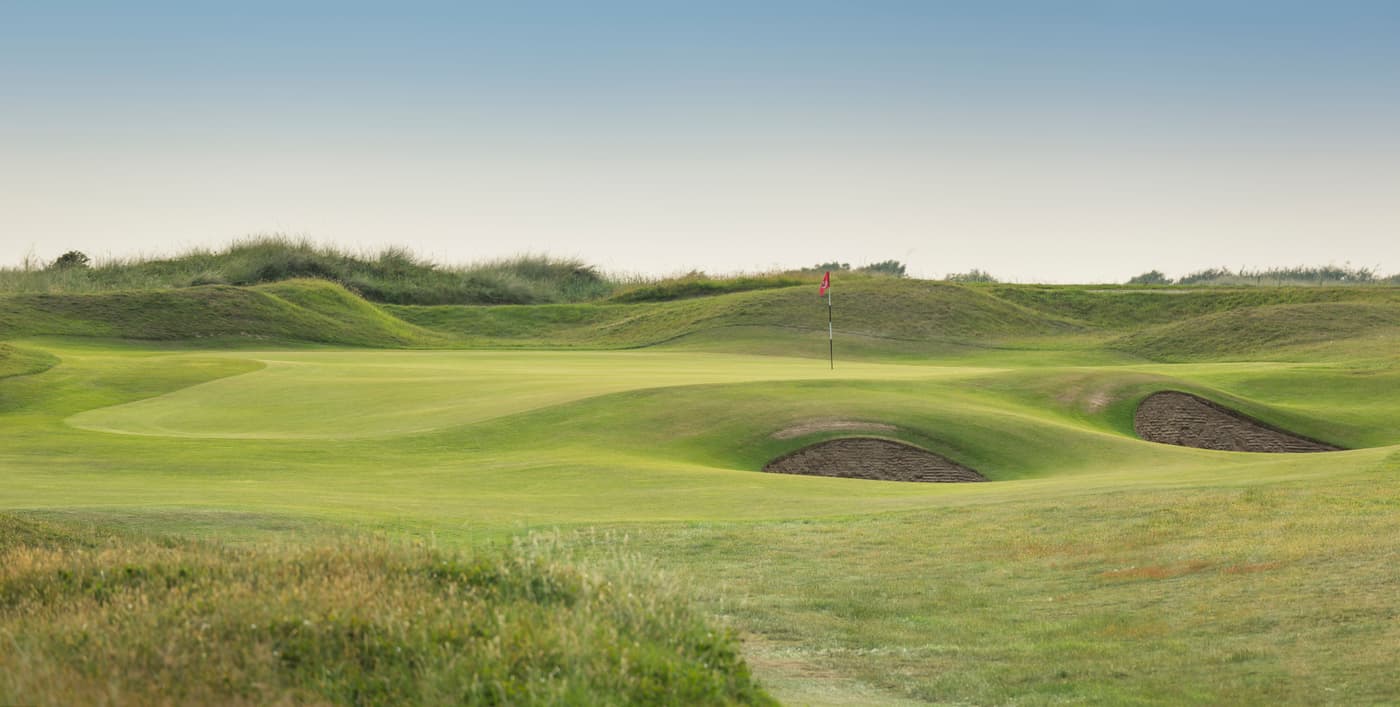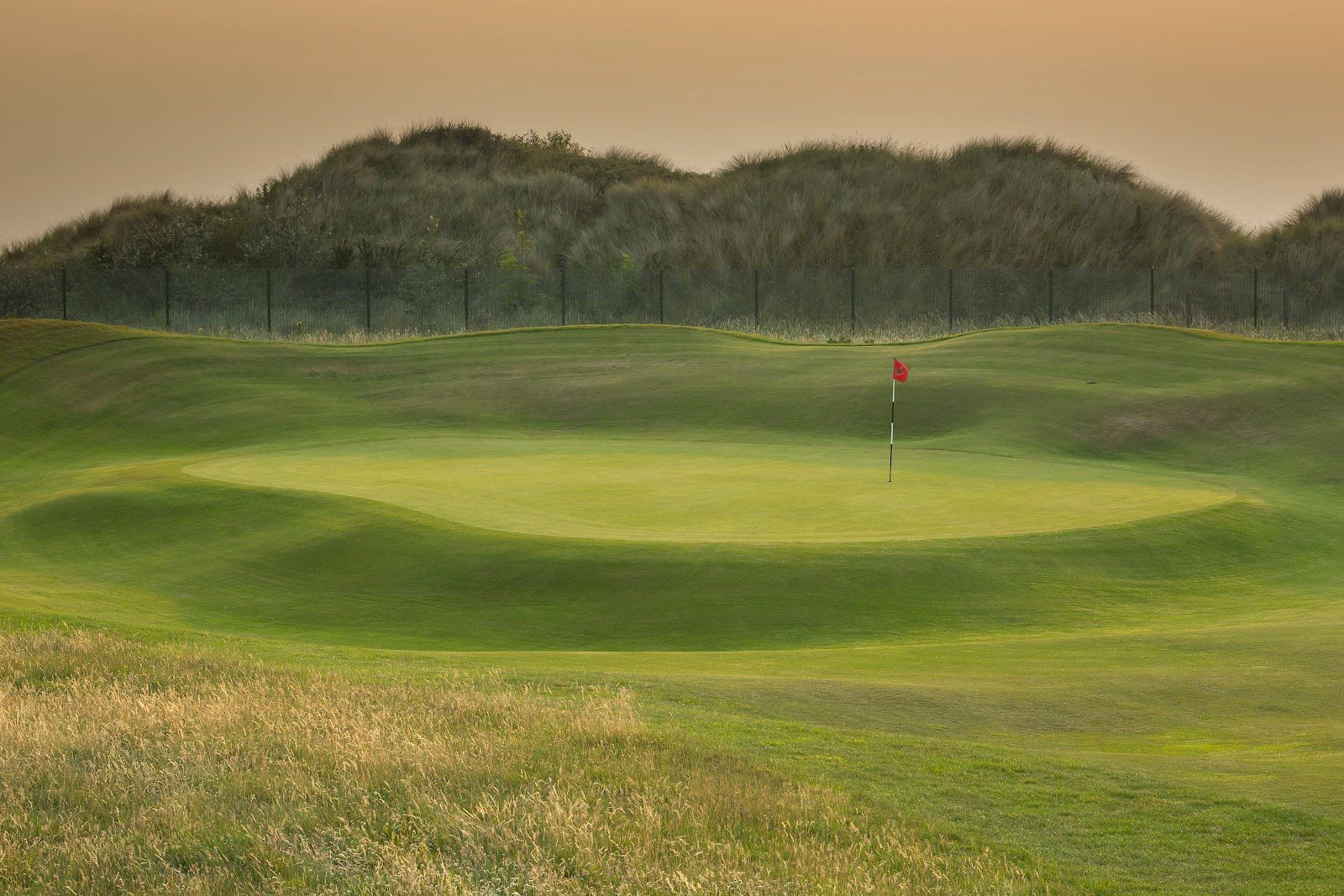
West Lancashire
Liverpool, England
- AddressHall Rd W, Blundellsands, Liverpool L23 8SZ, UK
- Championships hosted
West Lancashire Golf Club is the oldest surviving golf club in Lancashire, although, strictly speaking, Blundellsands is now part of the borough of Merseyside. In 1901, Harold Hilton, one of the finest amateur golfers of all time, was the Secretary of West Lancashire Golf Club. That same year, he won the British Amateur Championship at St Andrews, beating J Low by one hole. Hilton was also the British Open champion in 1892 and 1897, a feat only surpassed by Bobby Jones, who won the British Open on three occasions, also as an amateur.
The club was founded in 1873. The course was originally designed by the hands of an unknown architect, but this is such a natural links that we suspect Mother Nature did most of the work. We do know that Ken Cotton and Fred Hawtree made significant revisions to the layout in the early 1960s.


Its esteemed Royal neighbours keep West Lancs out of the limelight but it is a truly classical links course, located on a charming stretch of prime links land. On a clear day, to the north, Blackpool Tower can be seen in the distance. To the southwest, there are panoramic views across the Crosby Channel to the Birkenhead peninsula and Liverpool Bay beyond.
James Finnegan, in his book All Courses Great and Small, articulately sums up the characteristics of West Lancs: “On the 355-yard 13th, we fire away from an elevated tee, the fairway curving left along a dune-framed valley to a green on a cunning low plateau. The next hole, 412 yards, also begins on a high tee in the sandhills, but this time the downhill drive is blind, over a ridge, and the fairway bends sweepingly right, around a thick stand of pines, finally disclosing a raised green tucked in the lee of a wooded hillside.”
The Guinness Book of Golf Facts and Feats tells the amazing story of Peter Richard Parkinson who, on 6th June 1972, at West Lancs, performed the British Isles’ longest hole in one. It was on the 7th hole, and clearly it was a mistake because the 7th is called “Folly”, a 393-yard par four. Either way, it was one hell of a biff!
Stuart King commented on James Finnegan’s description as follows: “I have been a member at West Lancashire for over 40 years and never seen the 14th tee that is reported as being in the sandhills!”
Course Reviews
Leave a Review
This course has not been reviewed.
If you have played this course, consider .
Thanks for the review
Your review has been successfully submitted and will be reviewed for approval.
Course Reviewed
You’ve already submitted a review for this course.
Course Architect
View All
Cotton didn't take up golf course architecture until the end of WWII when well over 50. In between times he taught as a schoolmaster before drifting into the role of secretary at Parkstone and Stoke Poges.


